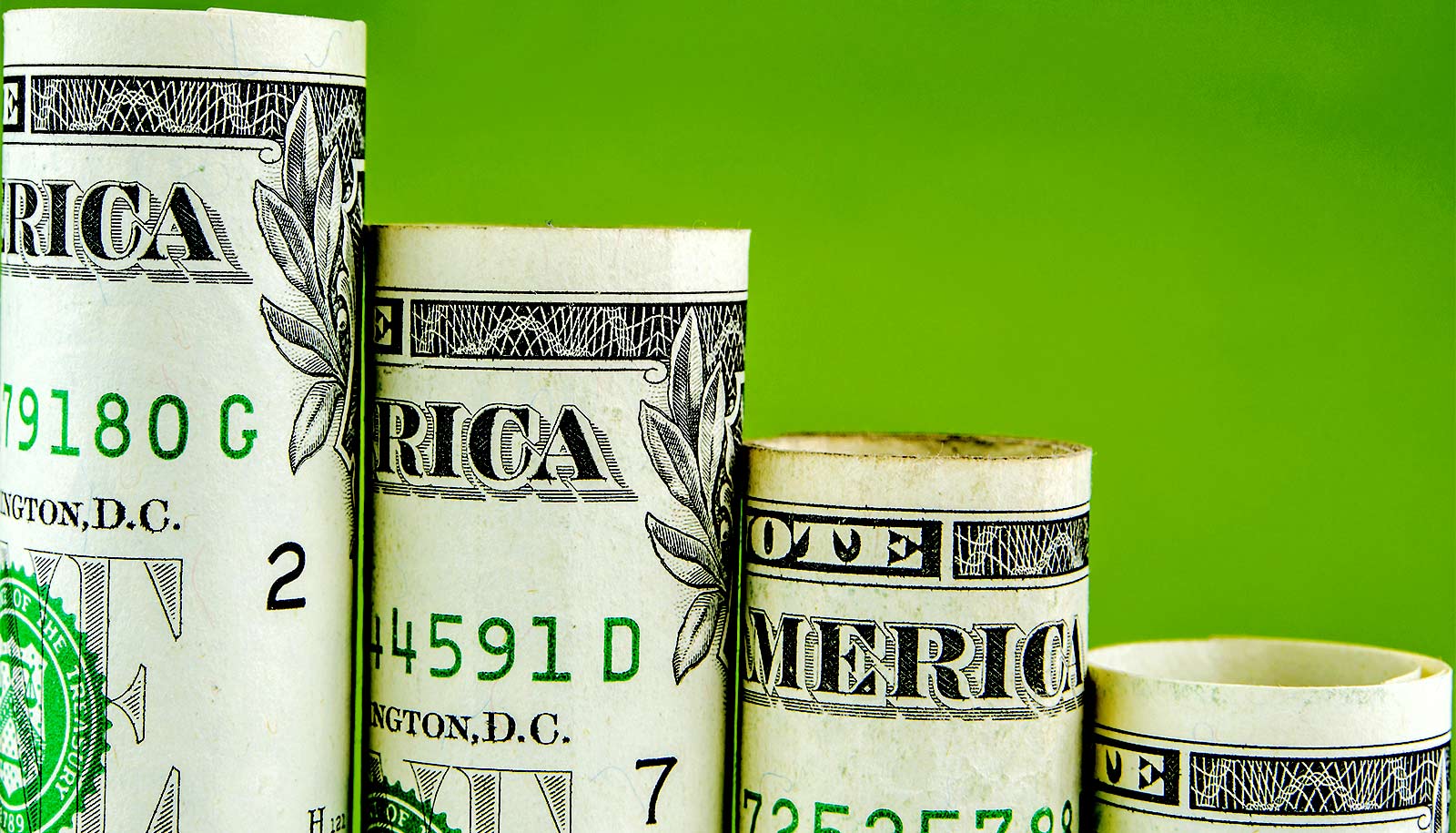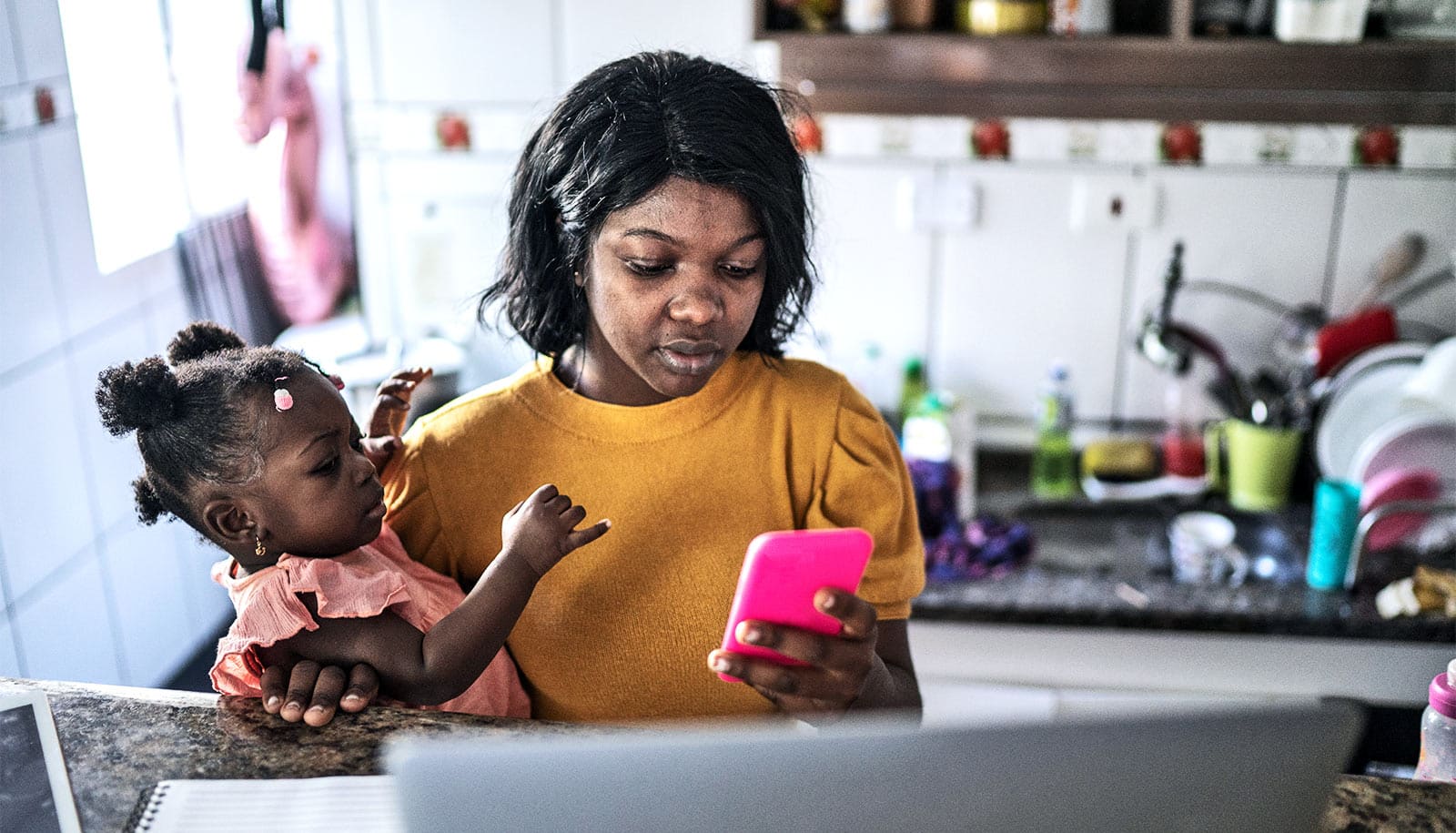During the decade-long economic recovery following the Great Recession, Black family households lost much more wealth than white families, regardless of class or profession, according to a new study.
Notably, while most other groups experienced an economic recovery between 2010 and 2019, Black professionals suffered losses in wealth, researchers found. Meanwhile, Black working-class families remained in the worst overall economic position.
As a result, many Black families entered the COVID-19 pandemic in a state of financial precarity.
“As the economy recovered, the typical Black household remained financially fragile and entered the COVID-19 crisis with less of a private safety net,” says Fenaba Addo, an associate professor of public policy at the University of North Carolina at Chapel Hill, faculty affiliate of the Samuel DuBois Cook Center for Social Equity, and coauthor of the study in the Annals of the American Academy of Political and Social Sciences.
“By comparison, white working-class households had overwhelmingly middle-class levels of wealth—and were better positioned for the economic uncertainty the pandemic brought.”
For the study, researchers explored the roughly decade-long period following the Great Recession, starting in 2010 and ending in 2019, prior to the onset of the COVID-19 pandemic.
The racial wealth gap was already sizable prior to the Great Recession and increased during and after, they found. During the recession, Black and Latino households lost 48% and 44% of their wealth, respectively, while white households lost just 26%. As of 2019, Black households held less than 15% of the net worth of white households.
The authors classified individuals and households according to both race (non-Latino Black, non-Latino white, and Latino) and class (working class or professional managerial class, based on occupations).
“One of the important contributions of this study is our conscious effort not to treat everyone who engages in paid labor as members of the working class,” says coauthor William A. Darity Jr., professor of public policy, African and African American studies, and economics at Duke University, as well as founding director of the Cook Center.
“We separate the working class from the professional-managerial class and demonstrate this has strong implications for uneven recoveries from the Great Recession and uneven access to wealth across households.”
While economic outcomes improved for most non-Black households between 2010 and 2019, few Black households could keep up. The percentage of both Black professional-class and working-class households who were middle-class or above fell between 2010 and 2019.
Also, Black and Latino-led households were less likely than white households to achieve these higher thresholds of wealth—regardless of whether they belonged to the professional or working class.
The authors also identified households that are “wealth poor,” and thus in the most precarious economic position. In 2019, the federal annual poverty threshold was $25,750 in annual income, or roughly $2,100 a month. When a household’s net worth is not enough to cover three months at $2,100 a month, a household is classified as “wealth poor.”
The proportion of “wealth poor” families decreased from 2010 to 2019 across most racial and professional categories, but it increased among Black professionals.
Moreover, a majority of Black and Latino households—across the working and professional classes—fell into this economically precarious category.
These disparities have far-reaching effects. “Black households’ cumulative, intergenerational inability to acquire wealth continues to contribute to their sedimentation at the bottom of the socioeconomic distribution,” the authors write.
And without the ballast this wealth provides, Black households are more vulnerable during economic downturns—and less able to reap the benefits of economic recoveries.
Source: Duke University



